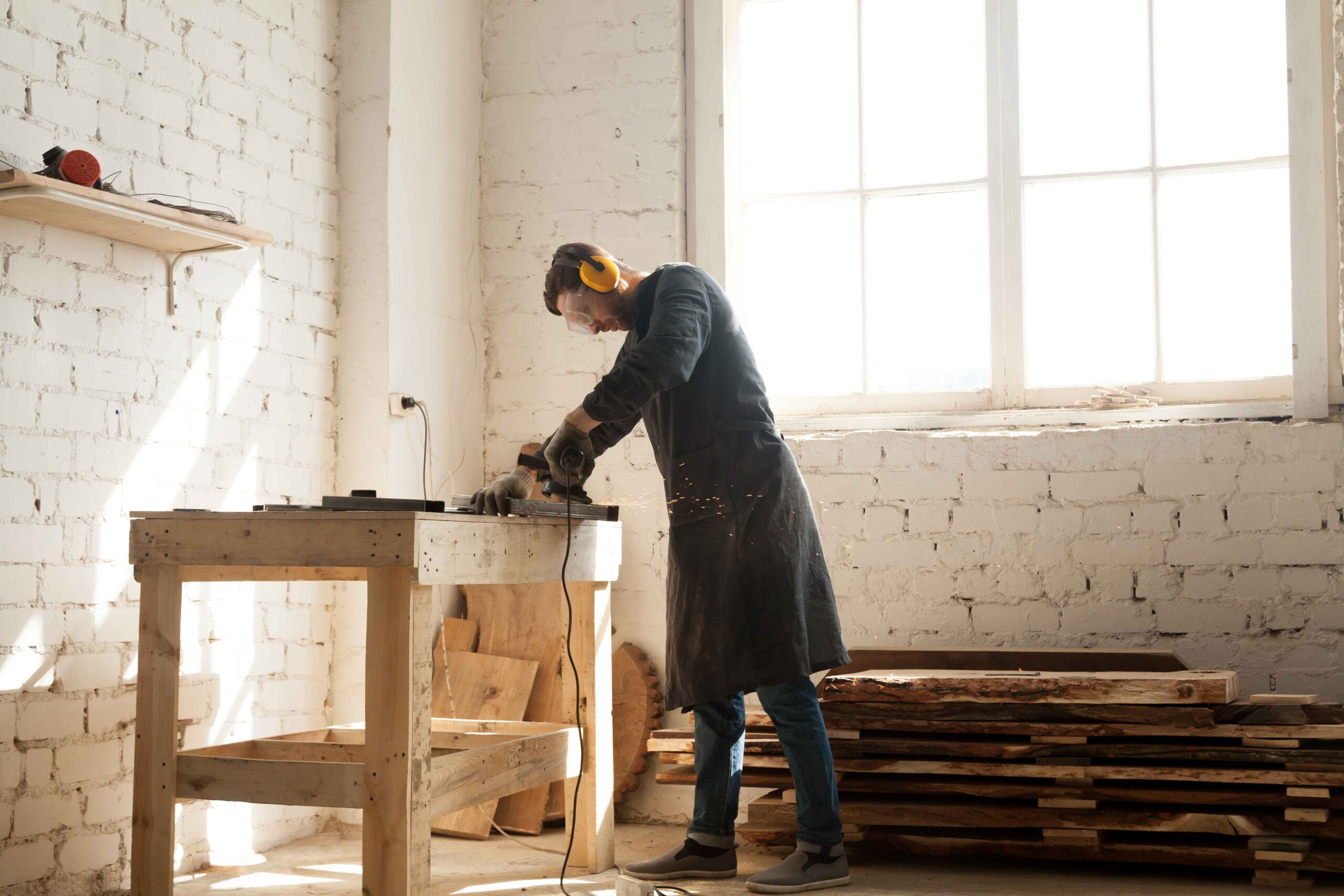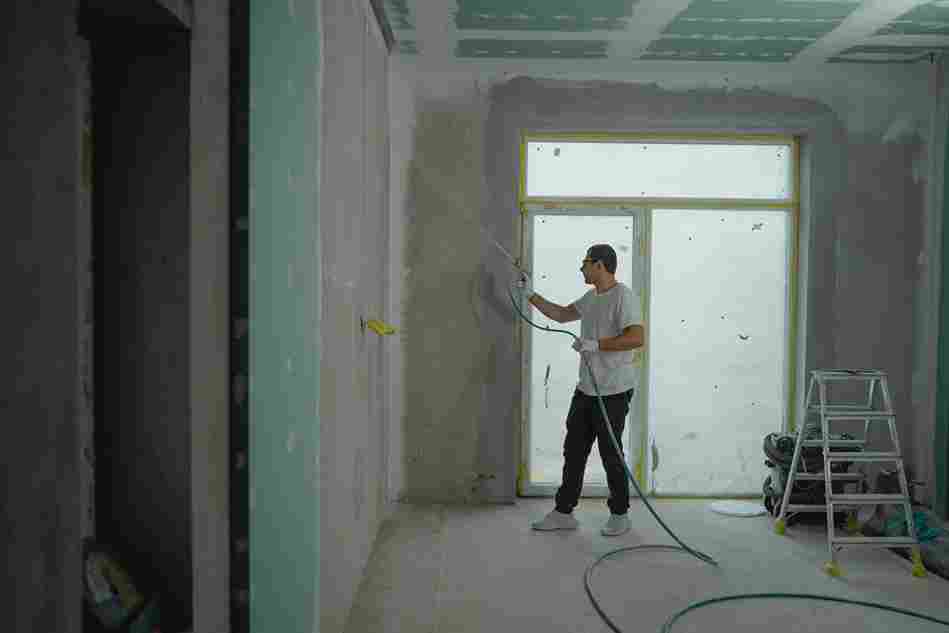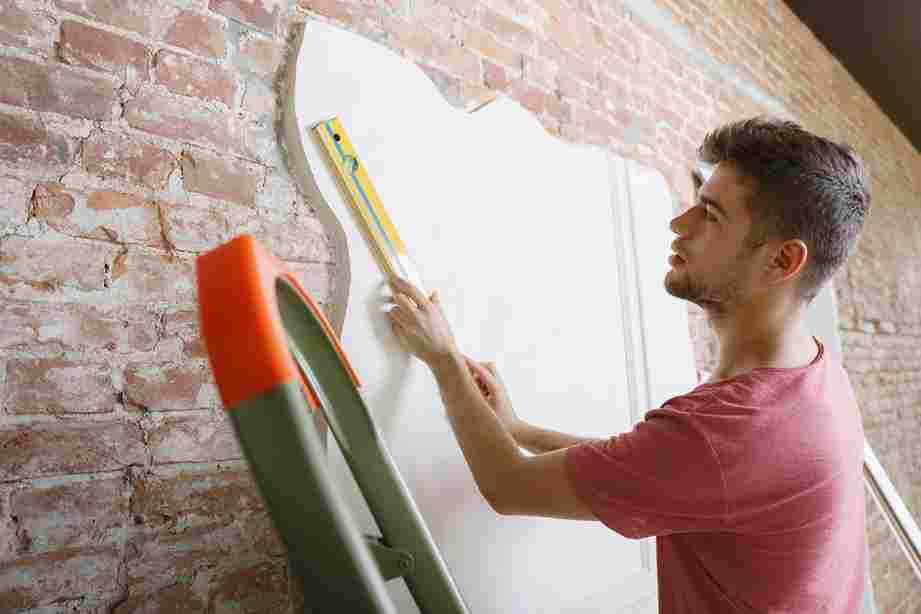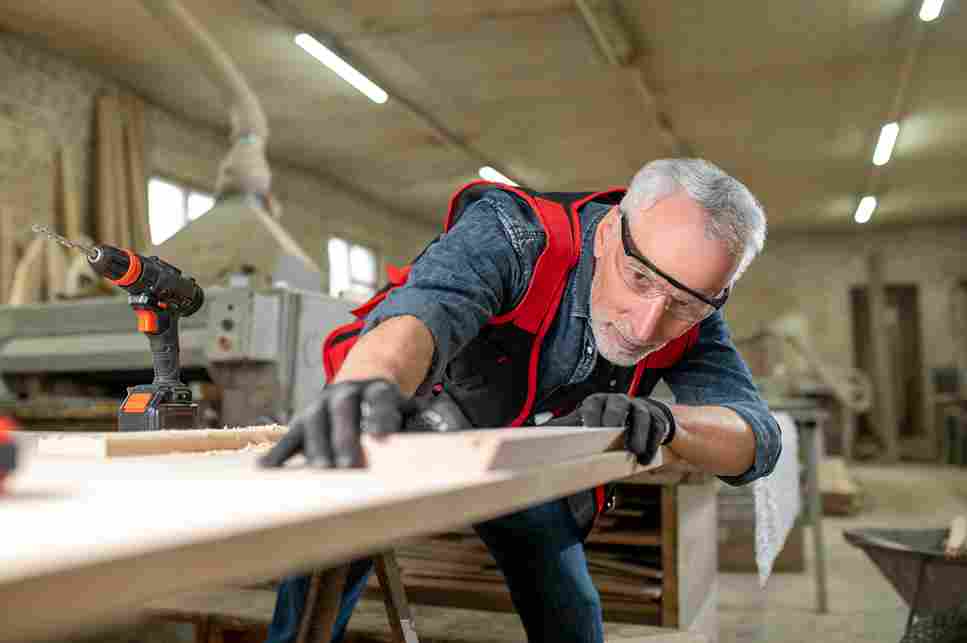Repairing drywall cracks is a common issue in many homes. Whether it’s due to settling foundations, moisture, or accidental impacts, knowing how to properly patch and repair a cracked drywall can save you both time and money. This guide will walk you through the processes involved in restoring your wall to its original condition, smooth and professionally finished.
Essential Tools and Supplies for the Job of Patch and Repair Drywall
To get started with your drywall patch repair, you will need a few essential tools and materials. These include drywall for repair, joint compound, a putty knife, sanding sponge or sandpaper, drywall tape, a utility knife, primer, and paint. In some cases, you might also require screws and wall anchors, especially if the crack is due to structural issues or if you’re replacing a section of the wall.
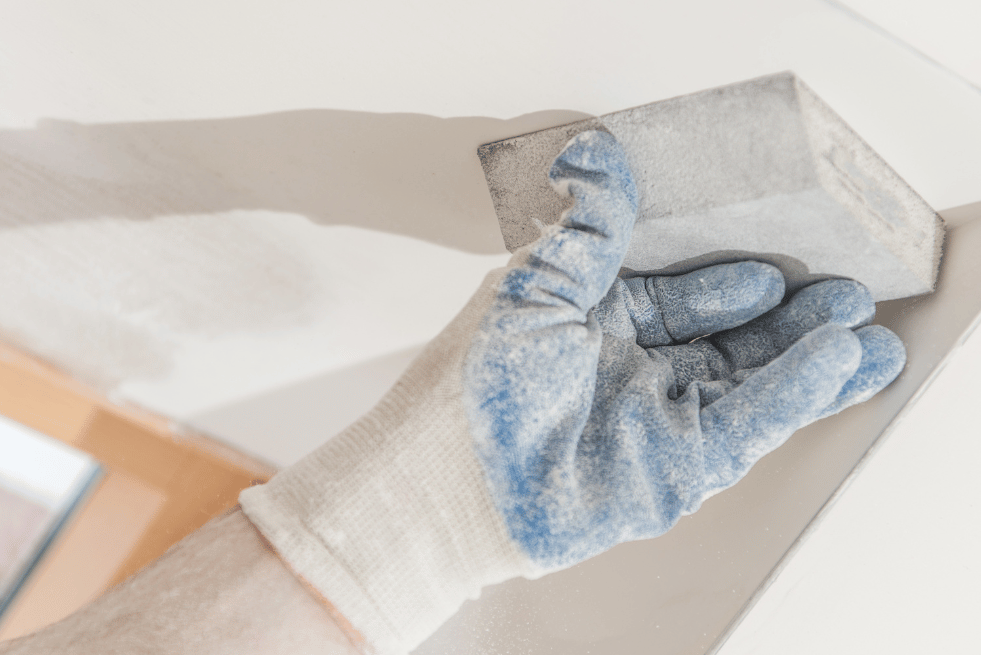
Step-by-Step Guide to Repair Cracked Drywall
Assess the Damage
The first thing to be done in the case of drywall repair is an assessment of the damage. Look closer at the crack, whether it’s a hairline crack or one that is much deeper and possibly structural. The hairline crack is usually easy to repair, while larger ones may require extra support or even replacing a section with new drywall for repair.
Prepare the Area
Next, prepare the area around the crack. Clear any debris and use a utility knife to widen the crack slightly. This step helps the drywall paste adhere better to the surface. If the crack is near a screw or nail, consider removing it and replacing it with a more secure anchor for improved stability.
Apply Drywall Tape
For cracks larger than a hairline, apply drywall tape over the crack. This tape helps prevent the crack from reappears after the repair. Fiberglass mesh tape is a great option because it adheres well and is easy to work with.
Apply Drywall Paste
Using a putty knife, apply a thin layer of drywall paste over the taped crack. Make sure to feather the edges so that they blend smoothly into the surrounding wall. Allow the compound to dry completely, which usually takes about 24 hours.
Sand the Surface
Once the drywall paste is dry, use a sanding sponge or fine-grit sandpaper to smooth the surface. Be gentle to avoid sanding too much and exposing the tape underneath.
Repeat if Necessary
For larger cracks, you may need to apply a second coat of drywall paste. Repeat the process of applying, drying, and sanding until the surface is perfectly smooth.
Prime and Paint
After sanding, wipe down the wall with a damp cloth to remove dust. Apply a primer to the repaired area to ensure the paint adheres properly. Once the primer is dry, paint over the area to match the rest of the wall.
Special Cases: Repairing Large Cracks
For more extensive damage, such as large cracks or holes, you may need to cut out the damaged section and replace it with a new piece of drywall for repair. Secure the new piece in place using screws and wall anchors before following the standard taping, compounding, and sanding process.
Tips for a Professional Finish
To achieve a professional finish, always feather the edges of your drywall paste to blend it seamlessly with the wall. Use a light touch when sanding to avoid creating dips in the wall surface. Also, make sure the room is well-ventilated when sanding and painting to ensure a smooth and clean finish.
If you are searching for expert drywall services, Tristate Pro LLC offers drywall solutions tailored to your needs. Drywall installation and custom trim work ensure every detail is done right. They focus on delivering high-quality drywall finishing services that guarantee durability and a flawless look.
FAQs | How to Patch and Repair Drywall?
What is the best crack filler for drywall?
The best crack filler for drywall is a high-quality drywall paste. For smaller hairline cracks, a lightweight spackling paste can also work well.
How to repair a hairline crack in drywall?
To repair a hairline crack, widen it slightly with a utility knife, apply a thin layer of drywall paste, and smooth it out with a putty knife. After it dries, sand it lightly and repaint the area.
Can you repair cracked drywall?
Yes, you can repair cracked drywall using drywall paste, drywall tape, and proper sanding techniques. For larger cracks, you might need to replace a section of the wall with new drywall for repair.
How to fill large cracks in drywall?
For large cracks, cut out the damaged section and replace it with a new piece of drywall for repair. Secure it using screws and wall anchors, then tape, apply drywall paste, sand, and paint over the area so it would look seamless.
Follow these steps, and your drywall patch repair will be professional and can last for many years. From minor hairline cracks to extensive wall damage, the right tool and technique make the process very easy and successful.

